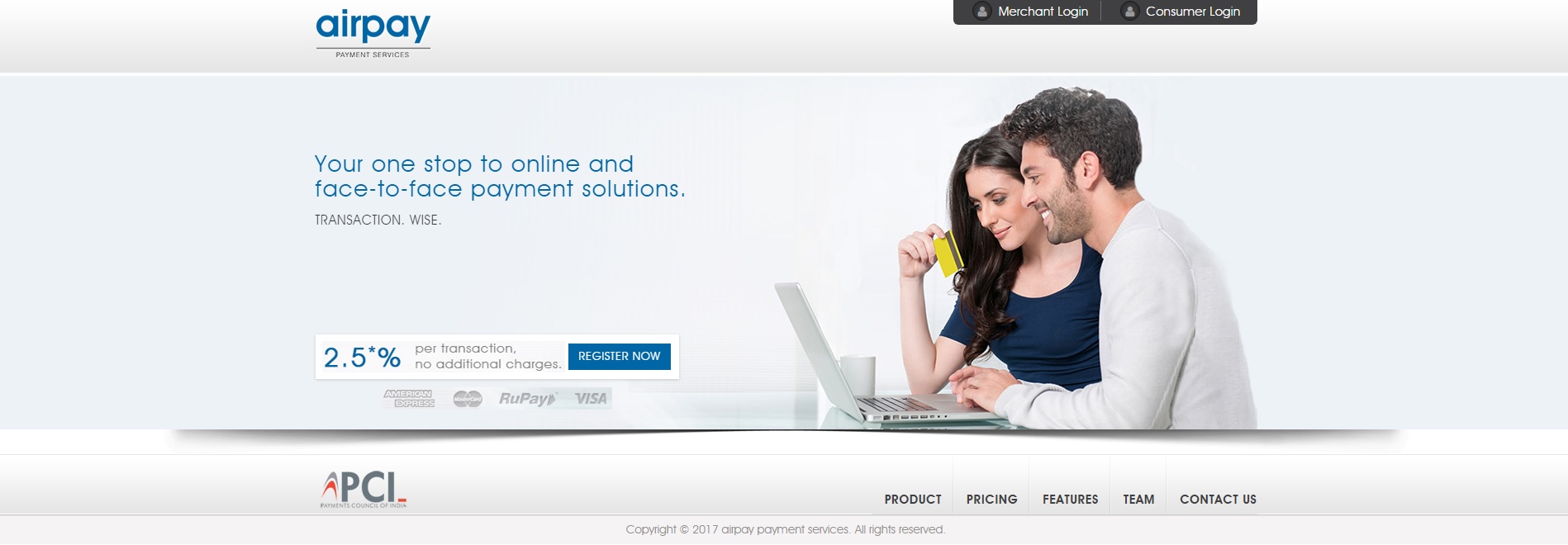Airpay, an omni-channel payments platform, has raised series A funding of Rs 24 crore, led by venture capital firm Kalaari Capital. Along with Kalaari, the company’s existing investors Rakesh Jhunjhunwala and Rajesh Jhunjhunwala have also participated in this round.
The newly raised capital will be used to invest in technology development and building a larger sales and distribution team to increase clients — which include companies in hospitality, education, banking and retail.
Airpay is a payments platform through which enterprises can make and receive payments across channels including desktop, mobile and offline. It allows clients to receive and send payments over multiple platforms and through popular financial instruments such as credit and debit cards, online banking and mobile wallets.
Commenting on this, Amit Kapoor, CEO of the company, said:
Our differentiation is that we provide an integrated payments solution to large enterprises. There are few payment companies that focus on large enterprises and that gives us an edge. Plus, we provide a one-stop payments solution across channels that makes it very convenient for enterprises.
The company, based in Mumbai, is offered as a Saas (software-as-a-service) product. It was founded by 2012 by Amit Kapoor, Kunal Jhunjhunwala and Rohan Deshpande, who all worked together at online music provider Hungama before founding Airpay.
The start claims that its solutions reduce the average time taken for payments reconciliation and collection. Additionally, clients are given the capability to run promotional campaigns simultaneously across different platforms. Its features include: segment-wise transactions reporting, single window transaction settlement, loyalty-management programmes and single process for online and offline transactions.
According to a report from Google (Alphabet Inc.) and Boston Consulting Group, India’s digital payments will jump by 10 times to touch $500 billion by 2020. It further stated that consumer-to-merchant transactions will be the biggest growth driver of digital payments, followed by business-to-business and then consumer-to-consumer transactions.
Also, the government has been aggressively promoting cashless modes of payment over the past one year. It even introduced a unified payments interface (UPI) in August, followed by the demonetization of high-value bank notes in November.
The Tech Portal is published by Blue Box Media Private Limited. Our investors have no influence over our reporting. Read our full Ownership and Funding Disclosure →






